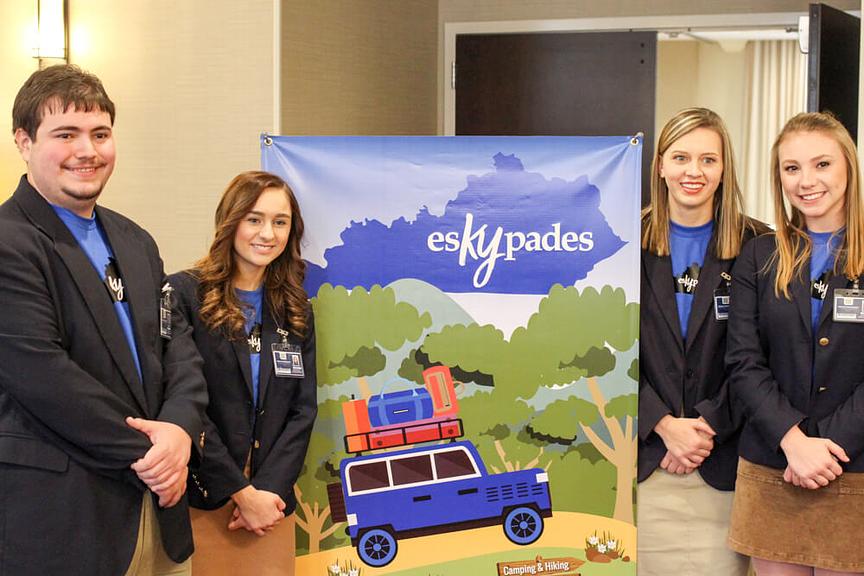Eastern Kentucky
Eastern Kentucky has been a leader in the coal industry for decades. As the main industry for the region, many jobs have traditionally been available for residents. Over the past decade, however, the coal industry has been in decline, causing the unemployment rate to drastically increase. Programs such as the Entrepreneurial Coal Lands Redevelopment Program (ECLRP) allow students to learn about entrepreneurship and job creation while repurposing land left behind from mining operations.
Now in its fourth year, ECLRP engages school districts, local universities, and community and technical colleges. Mentors from higher education are made available for students, as is an environmental scientist from Kentucky's Division of Mine Reclamation and Enforcement. Bit Source, a local software development company, also assists by creating online training modules for teams and coaches, as well as hosting in-person workshops that help students develop environmental plans, business plans, 3D models, and business pitches.
The region’s economic development organization, Shaping Our Appalachian Region (SOAR), has also provided support for the program. Involvement from these varied entities allows students to work with adult mentors who guide their learning, making it much more authentic. See this video for an introduction.
The Entrepreneurial Coal Lands Redevelopment Program's Commitment
ECLRP is a program promotedby CEDAR, Inc., a nonprofit partnership between the coal industry, the business community, and academia. Working collaboratively with school districts and others,CEDAR has pivoted its educational focus from one of coal education to one of economic development education. Students appreciate the role that coal played in the past while looking ahead to the innovations of the future. Whether students are identifying a greenfield, greyfield, brownfield, arable land, or a reclaimed surface mine, the approach to learning remains the same: Students are most engaged when identifying problems in their own communities and creating innovative, meaningful solutions.
Examples and highlights:
The most impactful aspect of the project is working to reinvent a land space that is close to students' homes. Much of the available land in eastern Kentucky was formerly used in coal production. Giving students the opportunity to get outside of the classroom and into the community is one of the highlights of this innovation. Students have re-imagined local land to be more beneficial to their communities, developing business plans, prototypes, and models for solar farms, hemp farms, a honeybee farm, "primitive camping" and recreational sites, natural water purification systems, rehabilitation centers for veterans, bottled-water businesses, and more.



